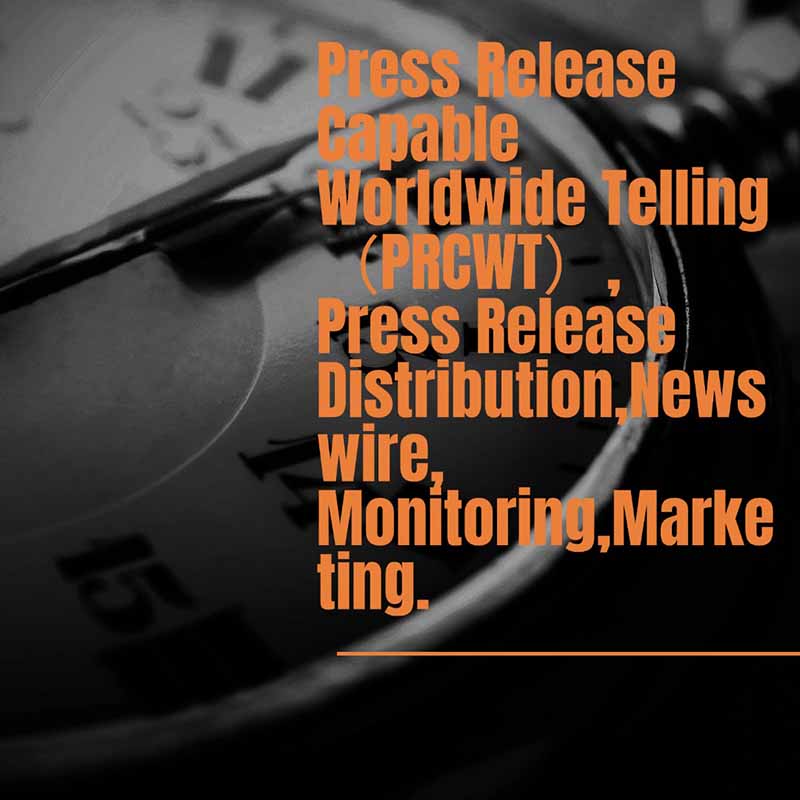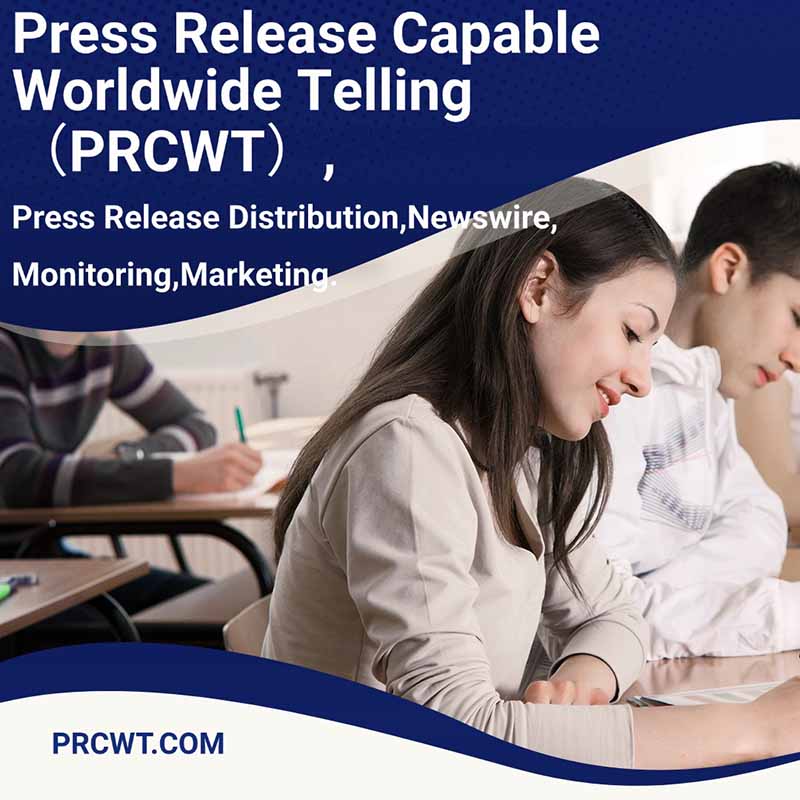In today's digital age, media monitoring has become an essential tool for businesses and organizations. It allows them to track and analyze the conversations happening about their brand, products, or services across various media platforms. This helps them stay informed about what people are saying, identify potential issues or opportunities, and make informed decisions.
Media monitoring provides real-time insights into public opinion, enabling businesses to respond quickly and effectively to emerging trends and issues. It also helps them measure the impact of their marketing campaigns and communications strategies, allowing them to optimize their efforts for better results.
According to recent industry data, the global media monitoring market is expected to grow at a compound annual growth rate of over 10% in the coming years. This growth is driven by the increasing importance of social media and the need for businesses to manage their online reputation.

One of the key benefits of media monitoring is its ability to provide a comprehensive view of the media landscape. By tracking multiple sources, businesses can gain a deeper understanding of the conversations happening in different regions, industries, and languages. This helps them tailor their messaging and strategies to specific audiences and markets.

Another important aspect of media monitoring is its role in crisis management. In the event of a crisis, businesses need to be able to quickly assess the situation and respond appropriately. Media monitoring can help them identify the source and nature of the crisis, as well as the sentiment of the public. This allows them to develop a crisis communication plan and take proactive measures to mitigate the damage.
In conclusion, media monitoring is a powerful tool that can provide businesses with valuable insights and competitive advantages. By staying on top of the media conversation, they can make informed decisions, manage their reputation, and respond effectively to emerging trends and issues.